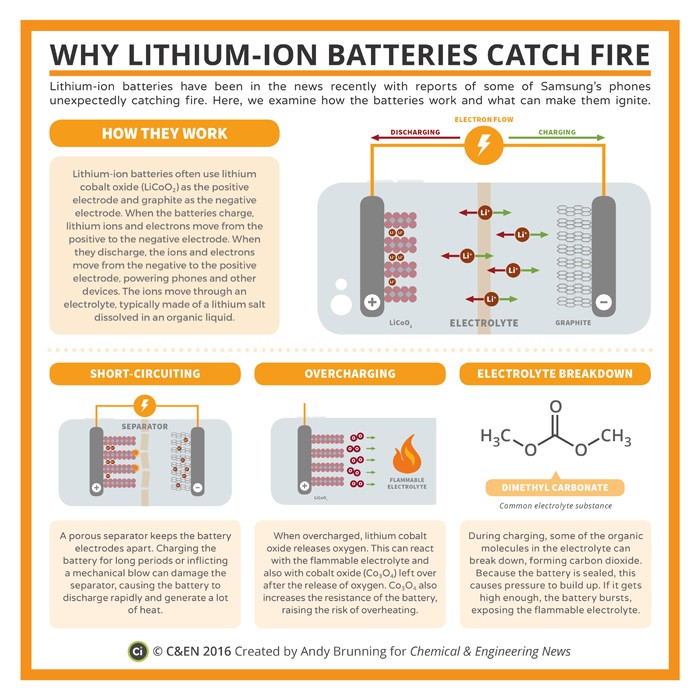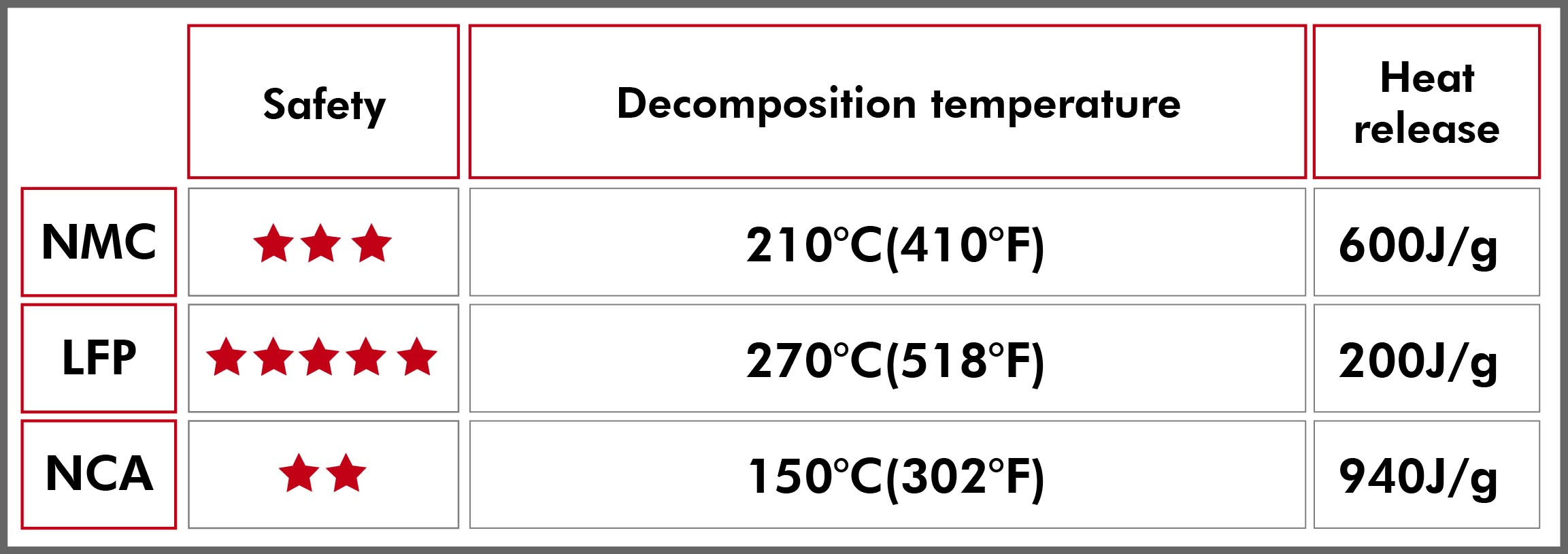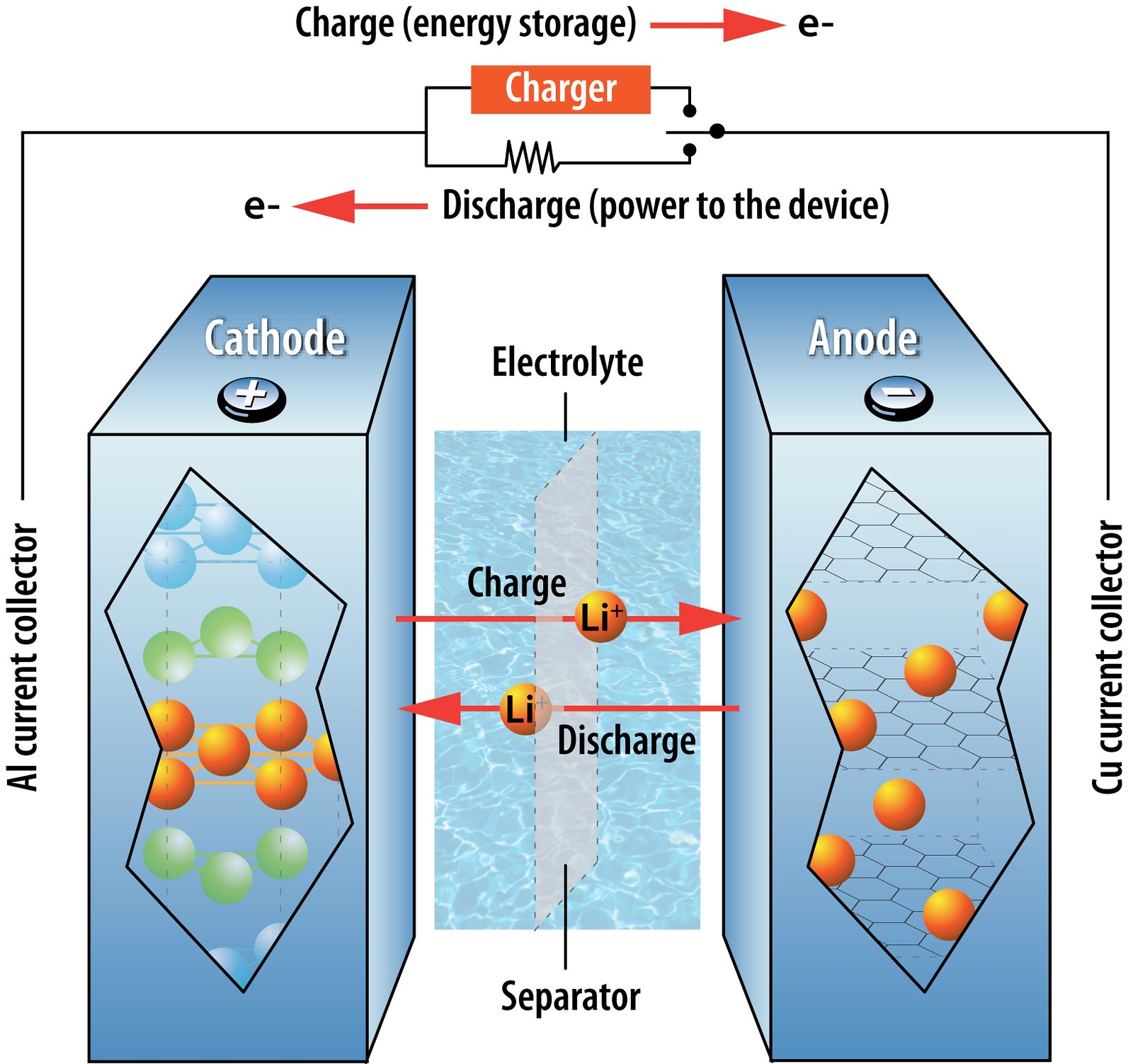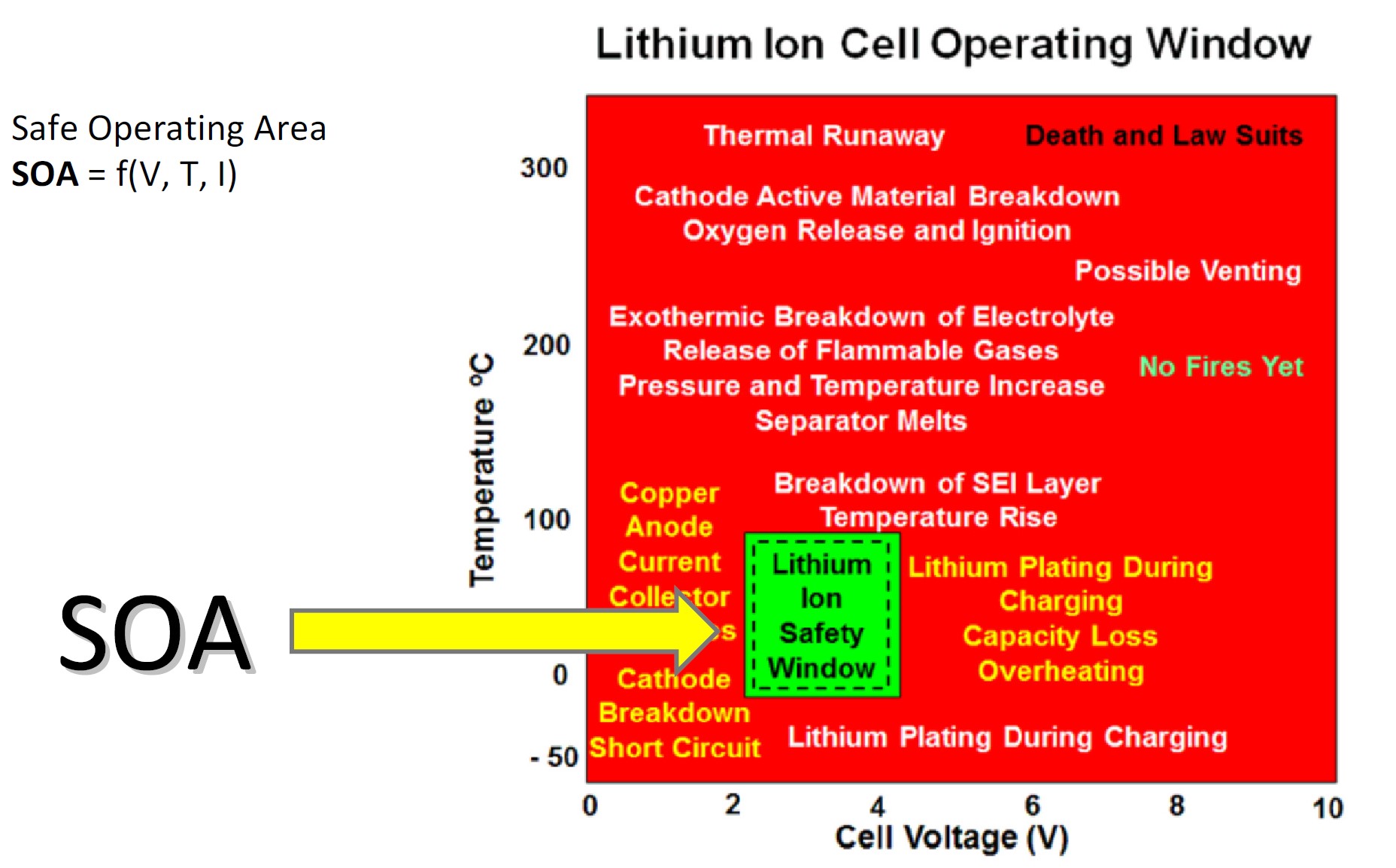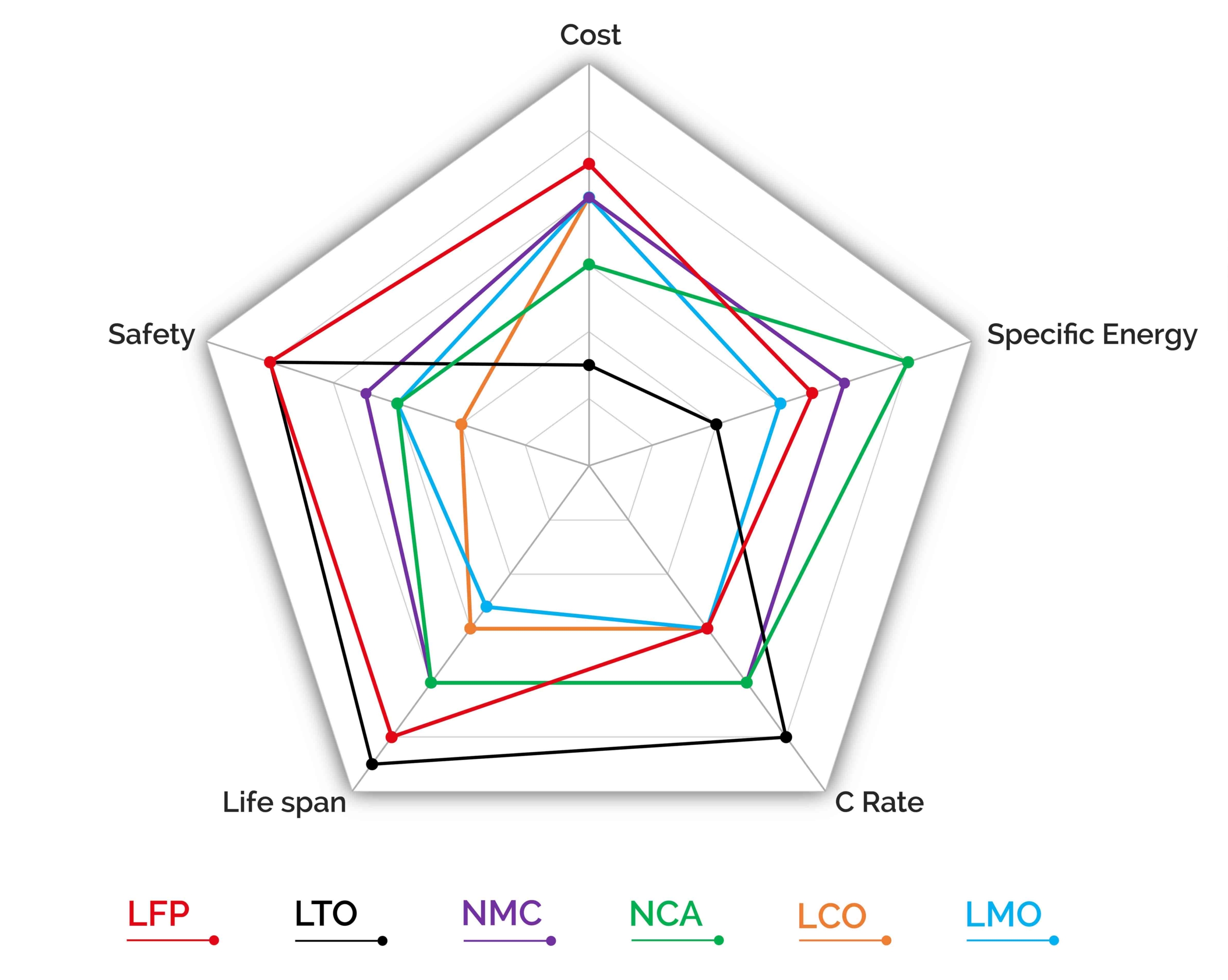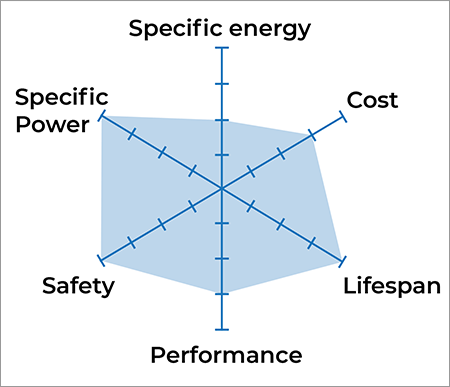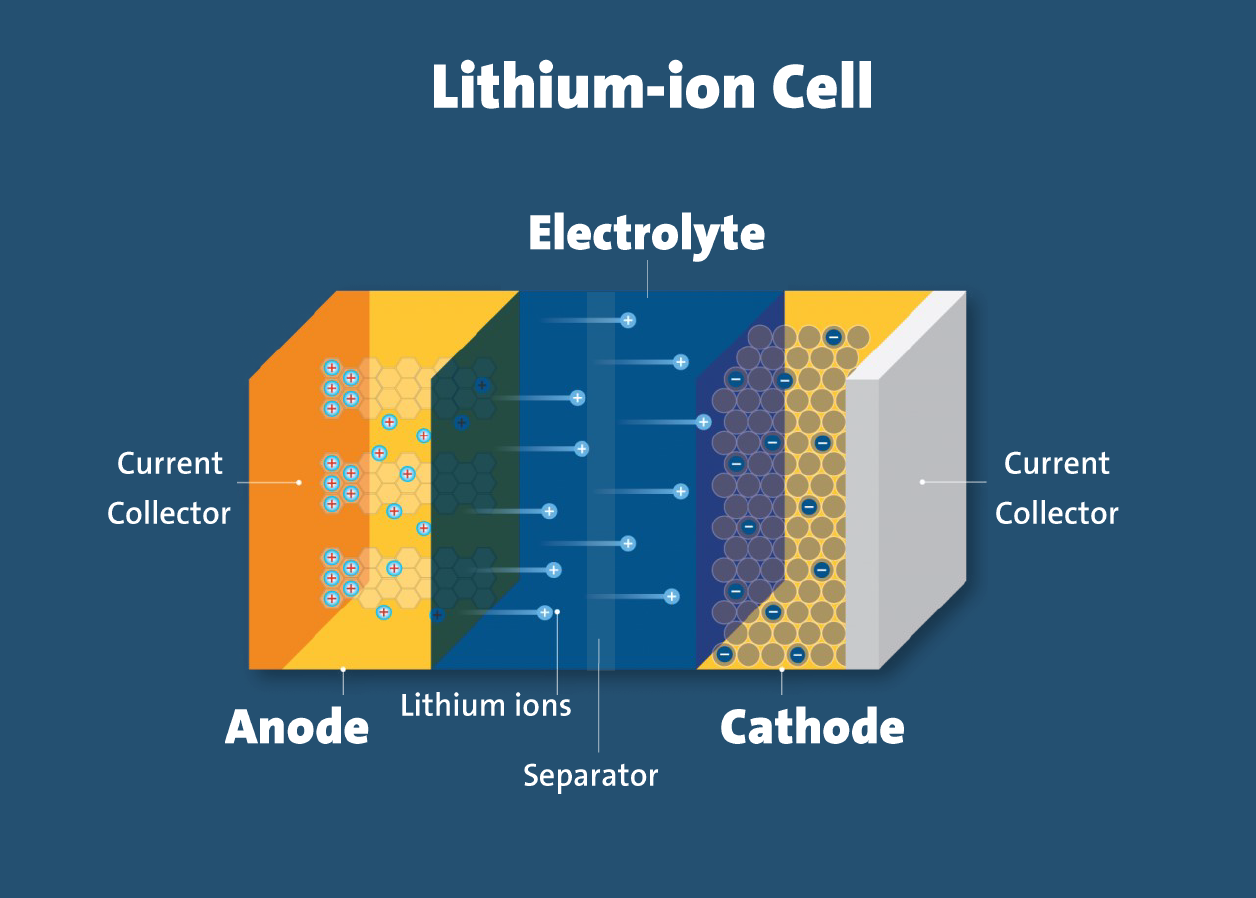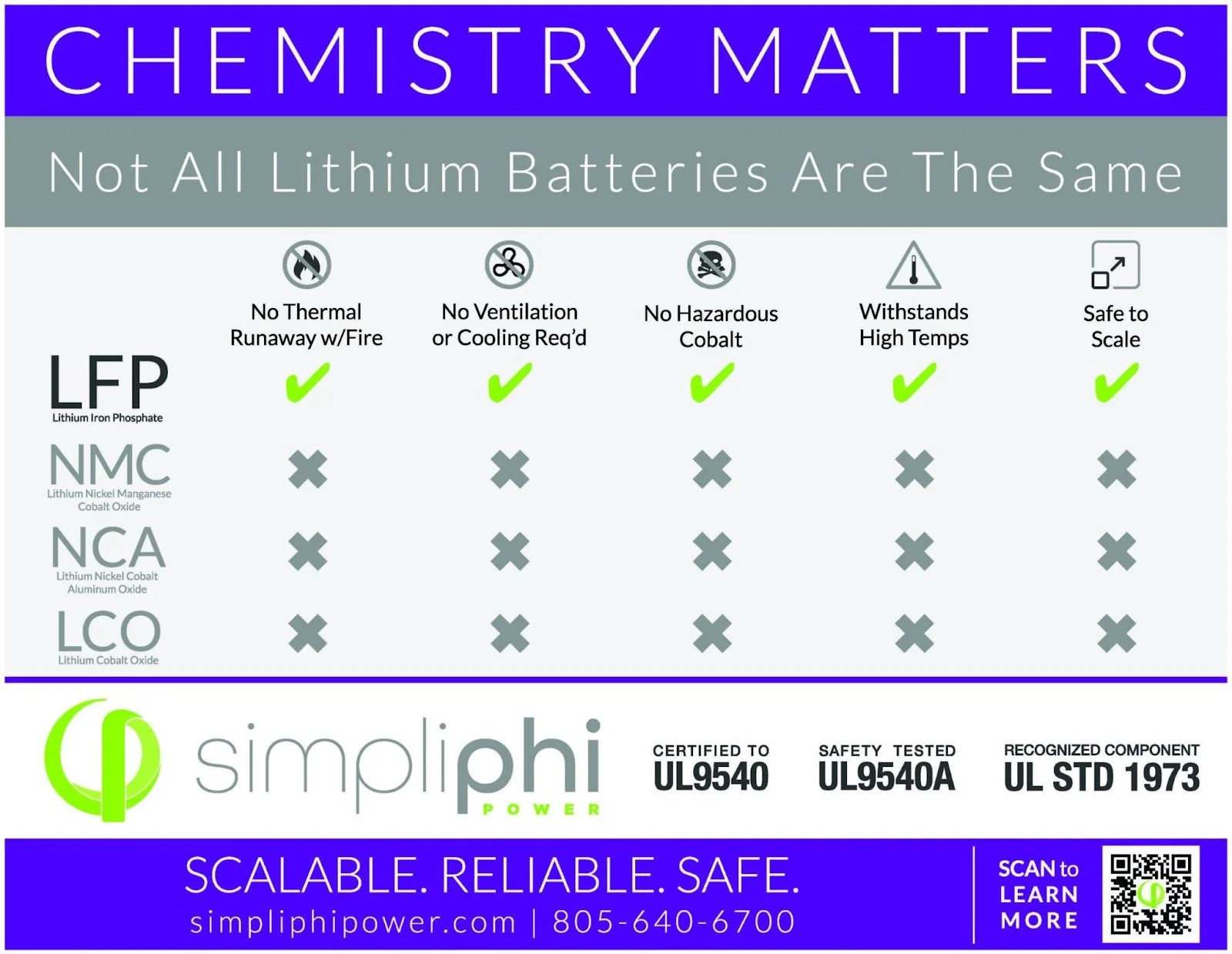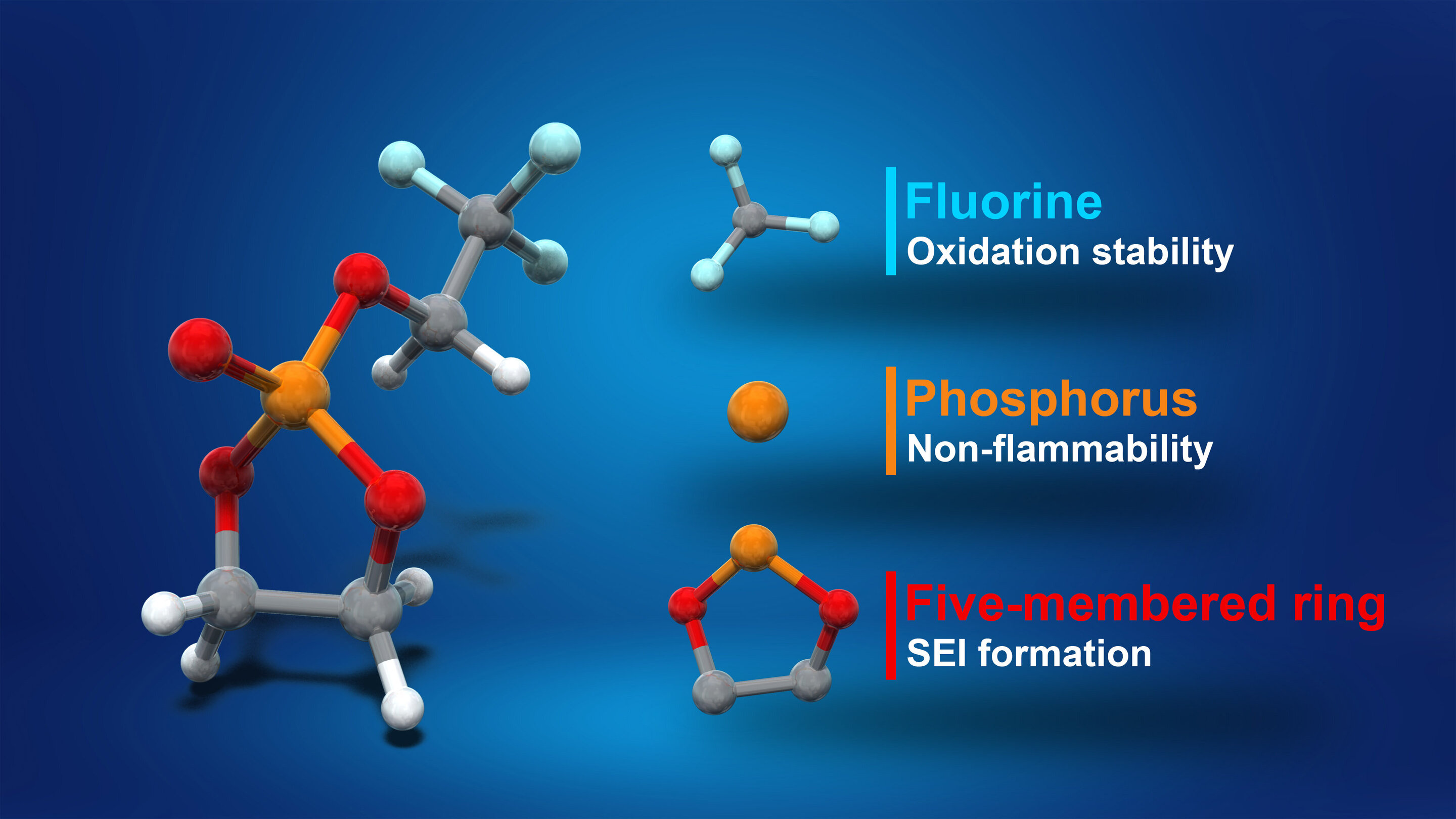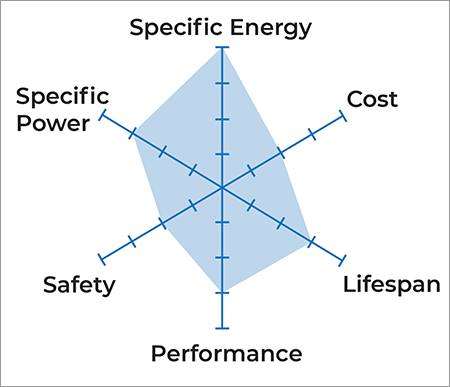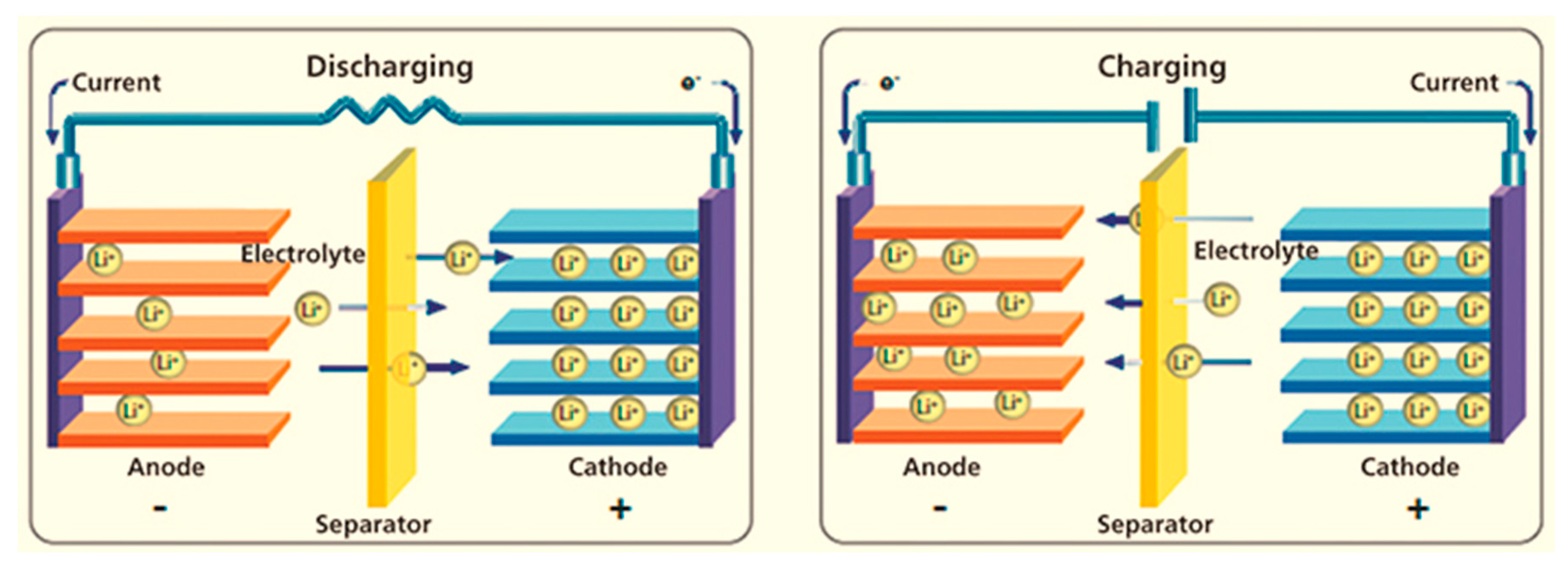
Batteries | Free Full-Text | Recent Advances in Non-Flammable Electrolytes for Safer Lithium-Ion Batteries

Design Strategies of Safe Electrolytes for Preventing Thermal Runaway in Lithium Ion Batteries | Chemistry of Materials

What chemicals are used in batteries? - News about Energy Storage, Batteries, Climate Change and the Environment

A review of lithium-ion battery safety concerns: The issues, strategies, and testing standards - ScienceDirect

